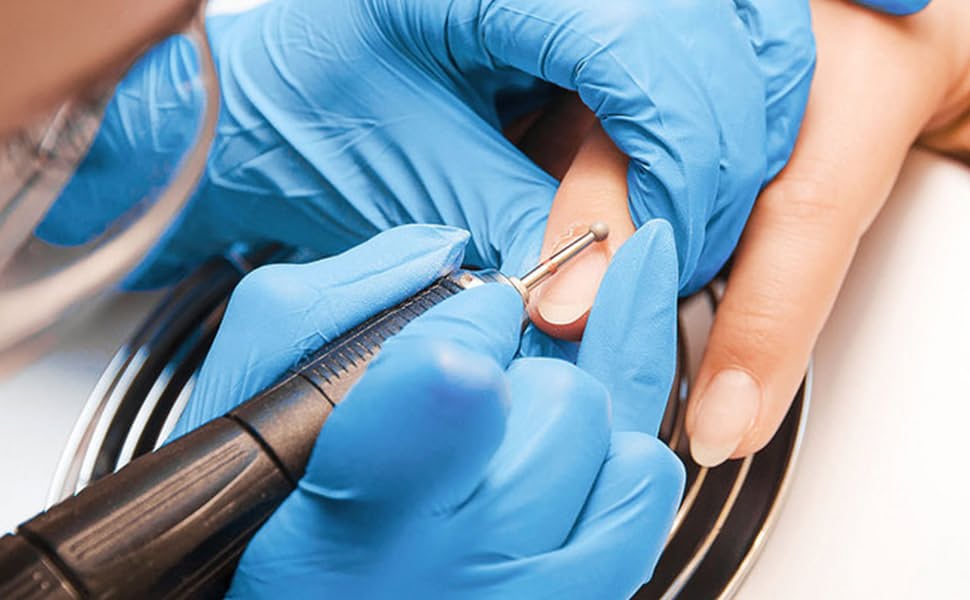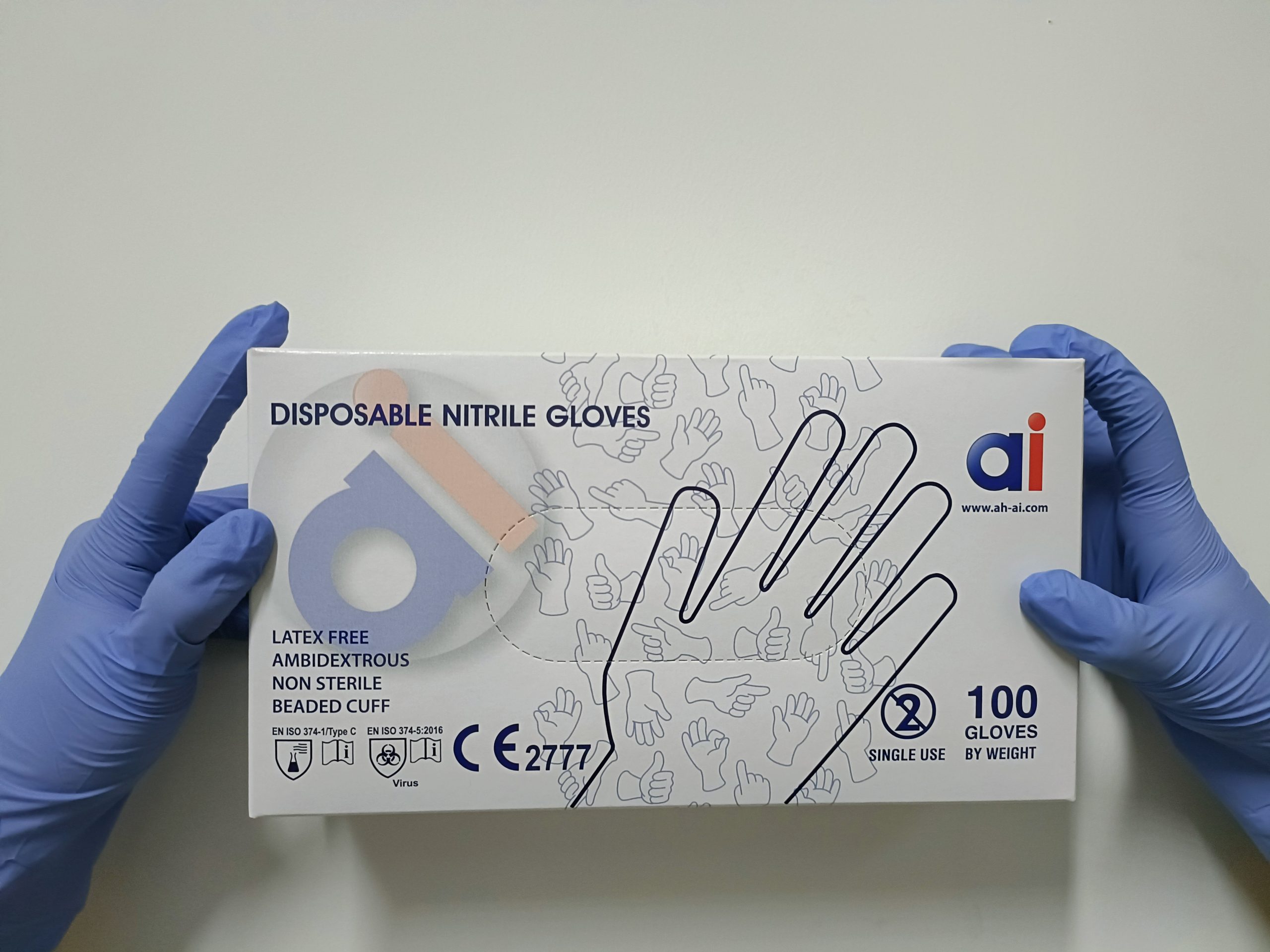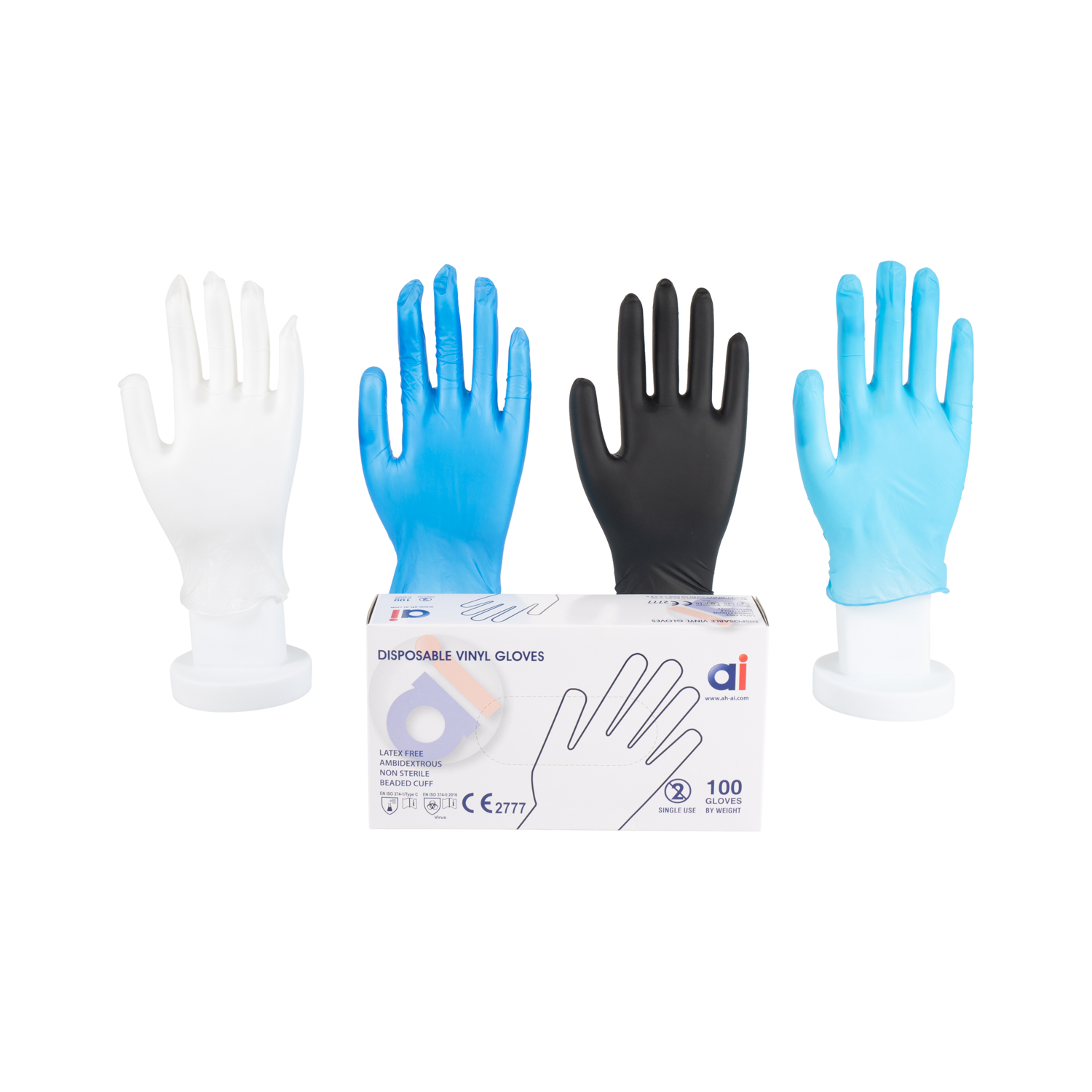
Synthetic hybrid gloves provide a temporary solution to the high prices and shortages of nitrile disposable gloves in the first half of 2024.
AIC recently solicited feedback from our customers on their impressions of our Online Ordering Portal, as well as their experiences in the current glove market.
The answers, as you might imagine, were quite varied. Ratings for the portal covered the spectrum from 1 to 10, and customers offered a variety of opinions on what it’s like to sell disposable gloves during a global pandemic. (We will go into more detail as we talk with customers and share their stories in this space over the coming weeks.)
A recurring theme, however, was frustration over the availability and pricing of nitrile disposable gloves.
The great price lament
As we have said numerous times, nobody wants lower prices and more inventory than we do. We don’t set the prices for disposable gloves; those are controlled by market conditions. Any price increases you have seen in the last year are reflective of how much more we have to pay to purchase products from glove manufacturers in Southeast Asia.
At the same time, we are empathetic to distributors’ plight. We will have more nitrile gloves this spring, although they too will be expensive. In the meantime, however, there is a solution: synthetic hybrid gloves. Vinyl is proving to be an excellent alternative for millions of users.

Synthetic hybrids combine the versatility, lower cost—and greater availability—of vinyl with some of the attributes of elastomers like nitrile: improved fit and feel, greater comfort, and better barrier protection. Adding synthetic rubber to vinyl gloves imbues them with nitrile-like properties, enhances their elongation rate, elasticity, and flexibility, and increases their tensile strength.
They are not by any means a straight-up replacement for nitrile. You would not want to use them to rebuild an engine or handle harsh chemicals. But for hundreds of light- to medium-duty applications, they are a great fit.
The gloves of the moment
Because they are constructed primarily from a material in polyvinyl chloride that is not suffering from supply shortages, they can be produced in greater quantities, and often at a lower price point, than gloves made from nitrile butadiene rubber.



